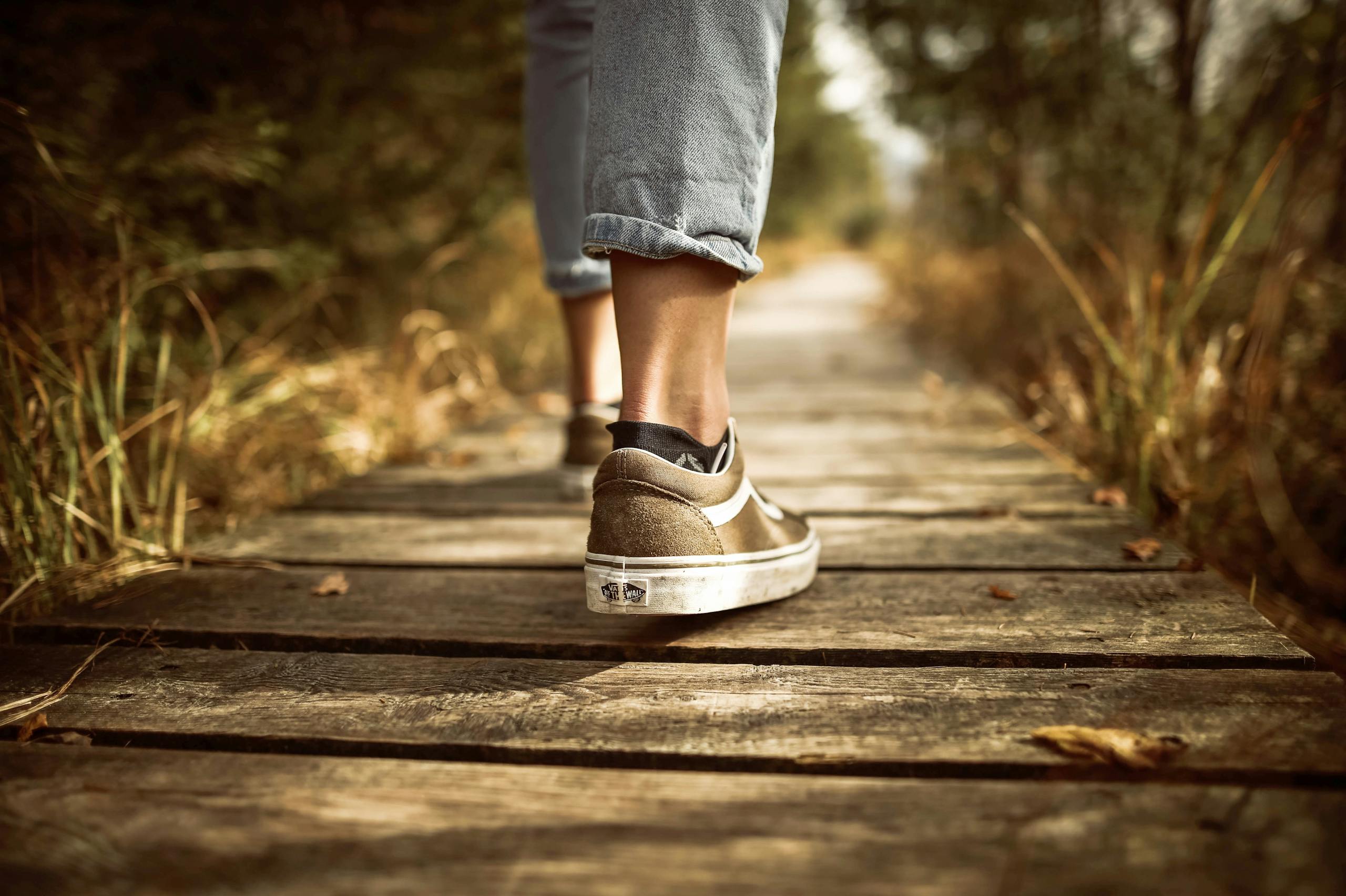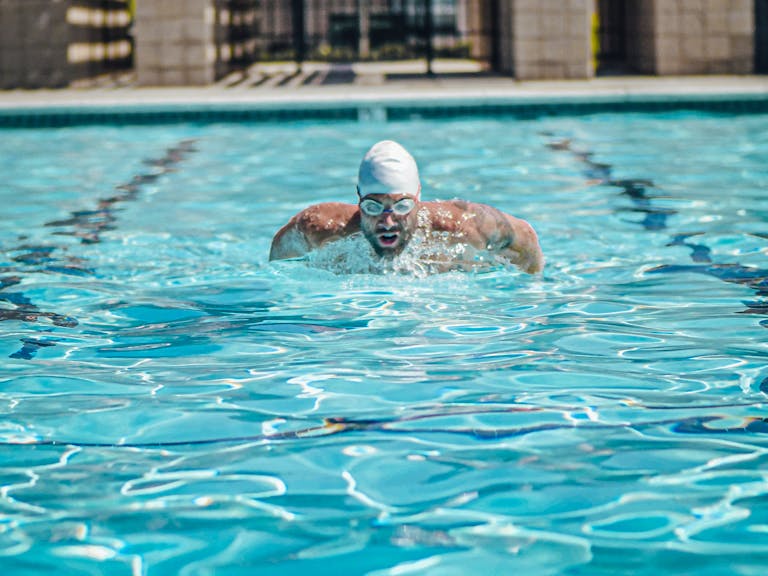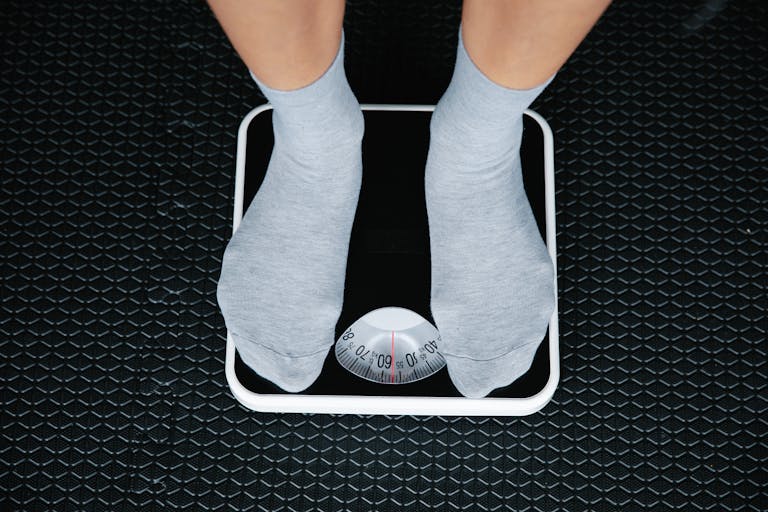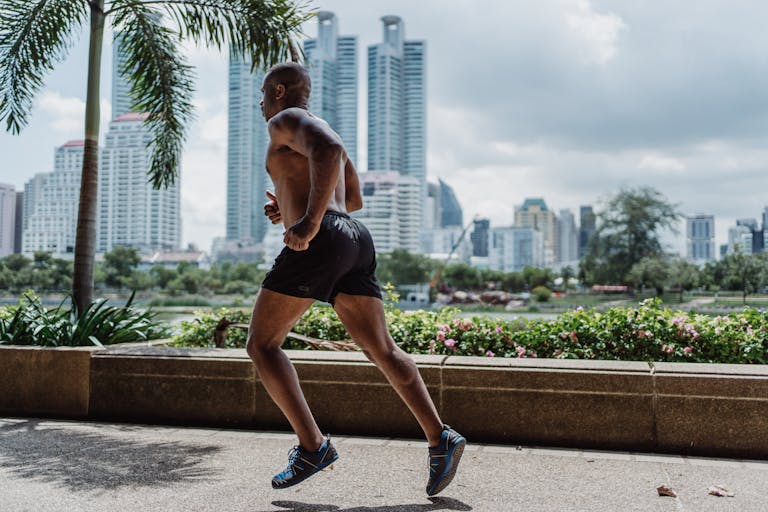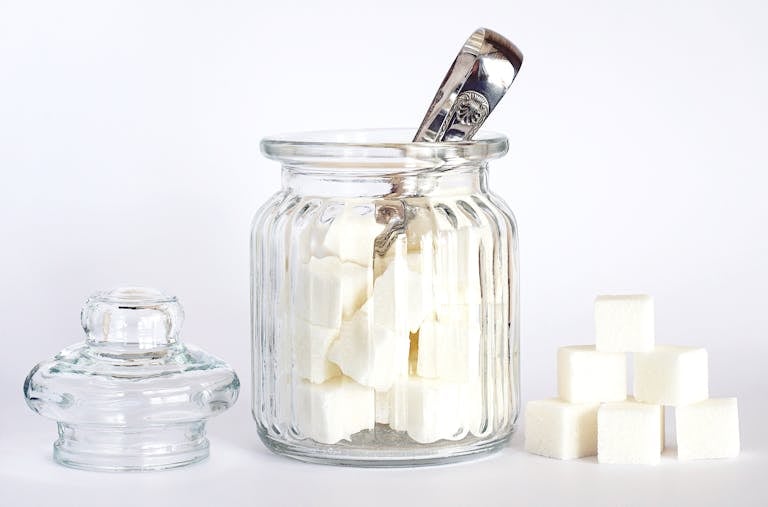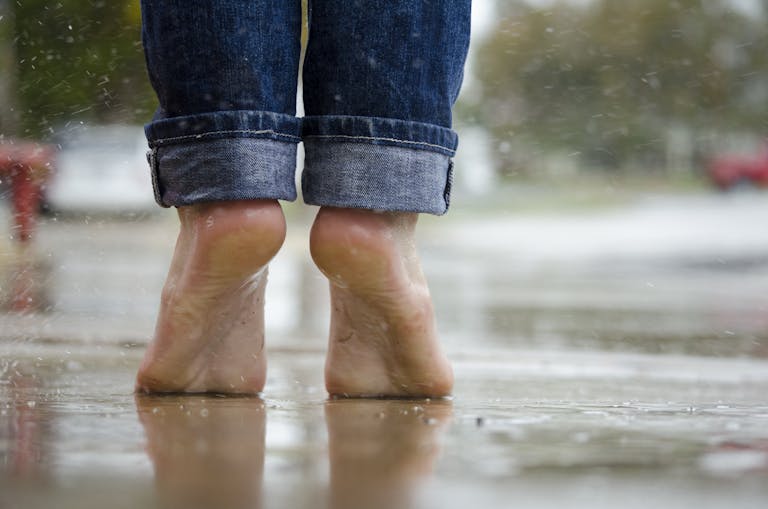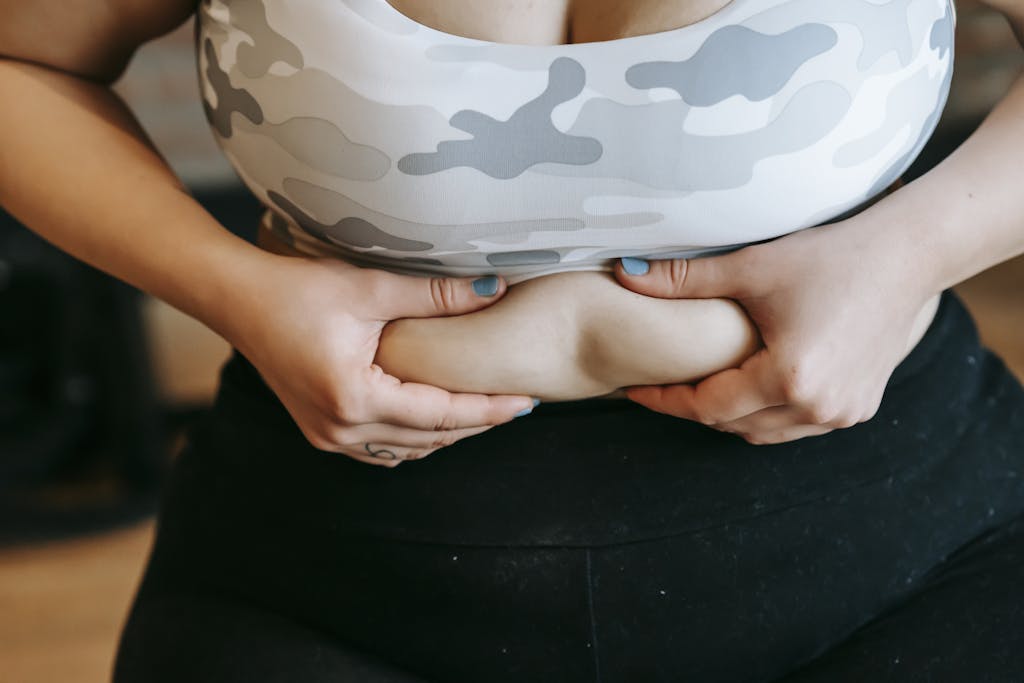One Step At A Time: Walk Your Way To Better Health
One of the most underrated exercises is walking. The value of a simple walk is often dismissed because of the ease of effort and lack of strenuous exertion that walking demands. However, fitness experts, sports medicine professionals, scientists, and doctors all agree that it is more than possible to walk your way to better health.
One Step at a Time
Walking is a low impact, relaxing exercise that almost anyone can do. Often the power of walking is minimized due to its relative ease and limited physical demand. Many feel as though they need to spend hours a day doing strenuous activities in the gym. However, a simple walk around the block, hike in the woods, or a slow pace on the treadmill is all it takes to improve your health.
Walking, due to its low impact on joints, has been touted as one of the best cardiovascular exercises. Its accessible to all age groups and does not require expensive workout equipment. The current recommendation is to aim for a 30 minute walk 5-7 times per week. While walking you should be able to easily maintain a conversation meaning you should be keeping a slow pace. Typically a mile should take approximately 15 – 24 minutes of walking. If your pace is faster, you may need to slow it down. Relax and enjoy the view around you as you walk your way to better health.
Cardiovascular Health
Walking is a well-studied topic in science. Unlike many research topics, studies are almost 100% unanimous on the benefits of walking for cardiovascular health. A systematic review of longitudinal studies found that walking 30 minutes a day/5 days per week was associated with a 19% reduction in coronary heart disease (CHD) risk1. Walking, especially at a quicker pace, helps increase blood circulation, strengthen the heart, and lower blood pressure.

High blood pressure, or hypertension, is a risk factor for several cardiovascular conditions including but not limited to myocardial infarction (heart attack), heart failure, chronic kidney disease, stroke peripheral artery disease, and atrial fibrillation2. Hypertension alone is responsible for over 9 million deaths per year3.
A consistent walking routine has been proven to reduce hypertension. A 2016 study found that a reduction in systolic blood pressure by just 10 mmHg reduced the risk of major cardiac disease by 20%, coronary heart disease by 17%, stroke by 28%, and all-cause mortality by 13%4. Walking also stabilizes insulin which results in a lowered risk of metabolic syndrome and type 2 diabetes.
Mental Health
Walking is not only for physical health. The simple act of getting outside and moving has amazing benefits for mental health. During physical activity, there is an increase of blood and oxygen to the brain which triggers a release of endorphins and serotonin the “happy hormone”. Additionally, walking can benefit the hypothalamic-pituitary-adrenal (HPA) axis, the part of the central nervous system that manages stress responses.
A 2020 study found that individuals who engaged in regular walks had better mental health than those who did not5. The study also found that the number of walks per week had a significant impact on the mental health benefits experienced by participants. The length of the walks, however, had no effect (negative or positive) on the results of the study. This means that a short 10-minute walk every day can put you on the path to better mental health and emotional well-being.
Recovery
Whether healing from an injury, disease, or resting after intense workouts, walking is a great tool to aid in recovery of all types. A study of patients with established cancer found that walking at a moderate pace for 1 or more hours per week was associated with improved survival rates compared to those who did not exercise6. Walking also boosts your immune system meaning it can help you recover from and prevent illnesses and diseases.
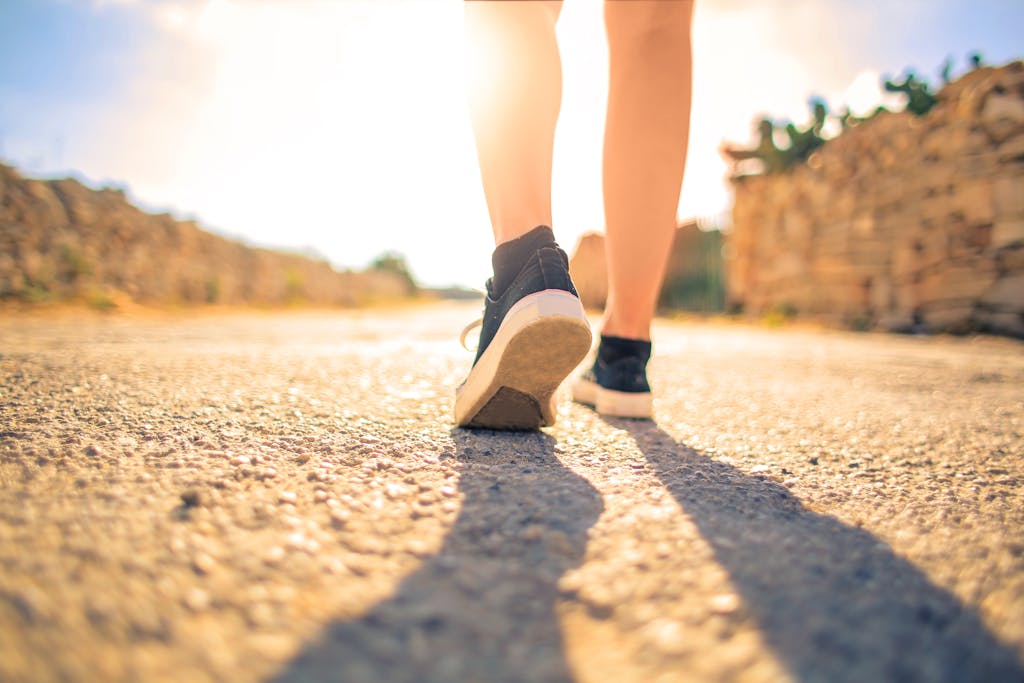
Active recovery exercises, such as walking, increase blood circulation which helps remove metabolic waste products, reduce lactic acid buildup, and provide nutrients to the muscles resulting in more efficient healing and growth7. If you are recovering from a sports injury or an injury of a body part not required for walking (e.g. feet, ankles, etc), walking can aid in an efficient recovery process. Adding at least one active recovery day to your weekly workout routine is recommended8. If you do not have a workout routine, walking at least 5 days per week for 10 minutes or more is recommended – if physically able.
Digestion
Amongst its many benefits, walking also does wonders for digestion. Walking can aid peristalsis, the process responsible for moving food through the digestive system, by stimulating the stomach and intestines9. Peristalsis involves the contraction and relaxation of intestinal muscles to move food forward. Walking can enhance and improve the efficiency of peristalsis.
As peristalsis becomes more efficient the body becomes better at digesting food properly, reducing the chance of heartburn, uncomfortable gas, and bloating. Because walking burns calories, many in the form of glucose, it lowers blood sugar spikes and allows for better control of blood sugar levels. A 10-minute walk after meals has been proven unequivocally to have a dramatic positive effect on the digestive system.
Walk Your Way To Better Health

Walking is an amazingly universal exercise. It is not exclusive to the young, fit, or athletic community. It does not require expensive exercise equipment, special skills, or gym memberships. Walking is for everyone, young, old, rich, poor, fit, out of shape – it doesn’t matter. If you are new to physical activity start slow with a 10-minute walk during the coolest part of the day. Once you’re comfortable increase the walk time and number of weekly walks. If you’re more advanced and want to get more out of your daily walks, try adding weights in the form of weighted backpacks, vests, or ankle straps.
If you find walking to be boring, try adding music, podcasts, audiobooks, or a walking companion (human or animal) to accompany you on the path to better health. Finding new places to walk, such as parks, hiking trails, or the beach will also help make your walking routine fun and exciting. Do whatever you need to do to make daily walking a sustainable part of your life. Once you do, you’ll begin seeing your health transform.
Supporting Research
- Zheng H, Orsini N, Amin J, et al. Quantifying the dose-response of walking in reducing coronary heart disease risk: meta-analysis. Eur J Epidemiol. 2009;24:181–92. [PubMed] ↩︎
- Qamar A, Braunwald E. Treatment of hypertension. Addressing a global health problem. JAMA 2018;320(17):1751-2. [DOI: 10.1001/jama.2018.16579] [PubMed] [CrossRef] [Google Scholar] ↩︎
- Lim SS, Vos T, Flaxman AD, Danaei G, Shibuya K, Adair-Rohani H, et al. A comparative risk assessment of burden of disease and injury attributable to 67 risk factors and risk factor clusters in 21 regions, 1990-2010: a systematic analysis for the Global Burden of Disease Study 2010. Lancet 2012;380(9859):2224-60. [DOI: 10.1016/S0140-6736(12)61766-8] [PMC free article] [PubMed] ↩︎
- Ettehad D, Emdin CA, Kiran A, Anderson SG, Callender T, Emberson J, et al. Blood pressure lowering for prevention of cardiovascular disease and death: a systematic review and meta-analysis. Lancet 2016;387:957-67. [DOI: 10.1016/S0140-6736(15)01225-8] ↩︎
- Zhu Z, Chen H, Ma J, He Y, Chen J, Sun J. Exploring the Relationship between Walking and Emotional Health in China. Int J Environ Res Public Health. 2020 Nov 27;17(23):8804. doi: 10.3390/ijerph17238804. PMID: 33260796; PMCID: PMC7734587. ↩︎
- Holmes MD, Chen WY, Feskanich D, et al. Physical activity and survival after breast cancer diagnosis. JAMA 2005;293:2479-86. [PubMed] ↩︎
- Dupuy O, Douzi W, Theurot D, Bosquet L, Dugué B. An Evidence-Based Approach for Choosing Post-exercise Recovery Techniques to Reduce Markers of Muscle Damage, Soreness, Fatigue, and Inflammation: A Systematic Review With Meta-Analysis. Front Physiol. 2018 Apr 26;9:403. doi: 10.3389/fphys.2018.00403. PMID: 29755363; PMCID: PMC5932411 ↩︎
- Optimize Athleticism: Importance of Recovery Days For Improved Athletic Results. Human Health Co. (2024b, June 29). https://humanhealthco.com/optimize-athleticism-importance-of-recovery-days-for-improved-athletic-results/ ↩︎
- Kim YS, Song BK, Oh JS, Woo SS. Aerobic exercise improves gastrointestinal motility in psychiatric inpatients. World J Gastroenterol. 2014 Aug 14;20(30):10577-84. doi: 10.3748/wjg.v20.i30.10577. PMID: 25132778; PMCID: PMC4130869. ↩︎

